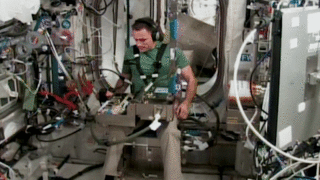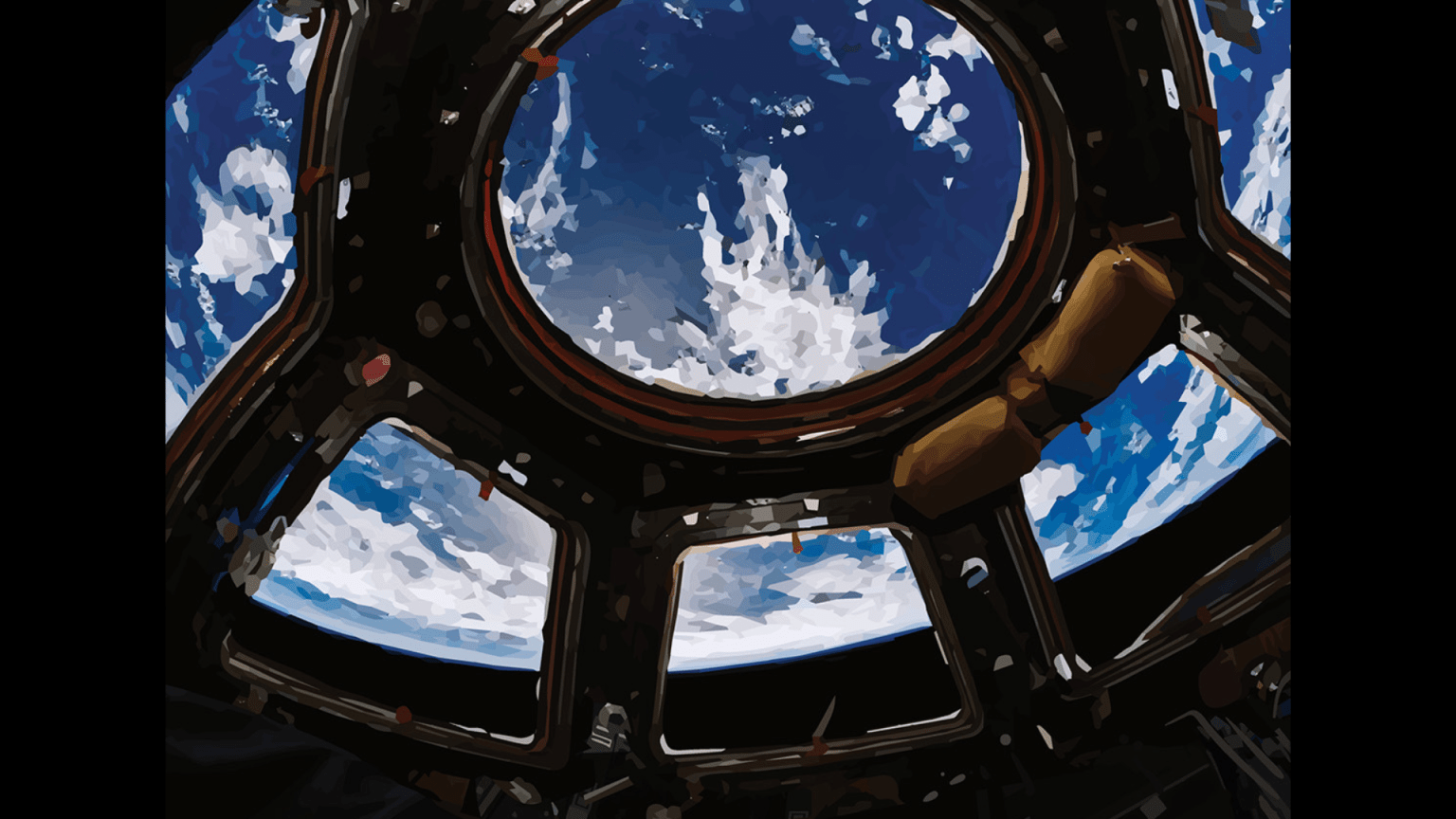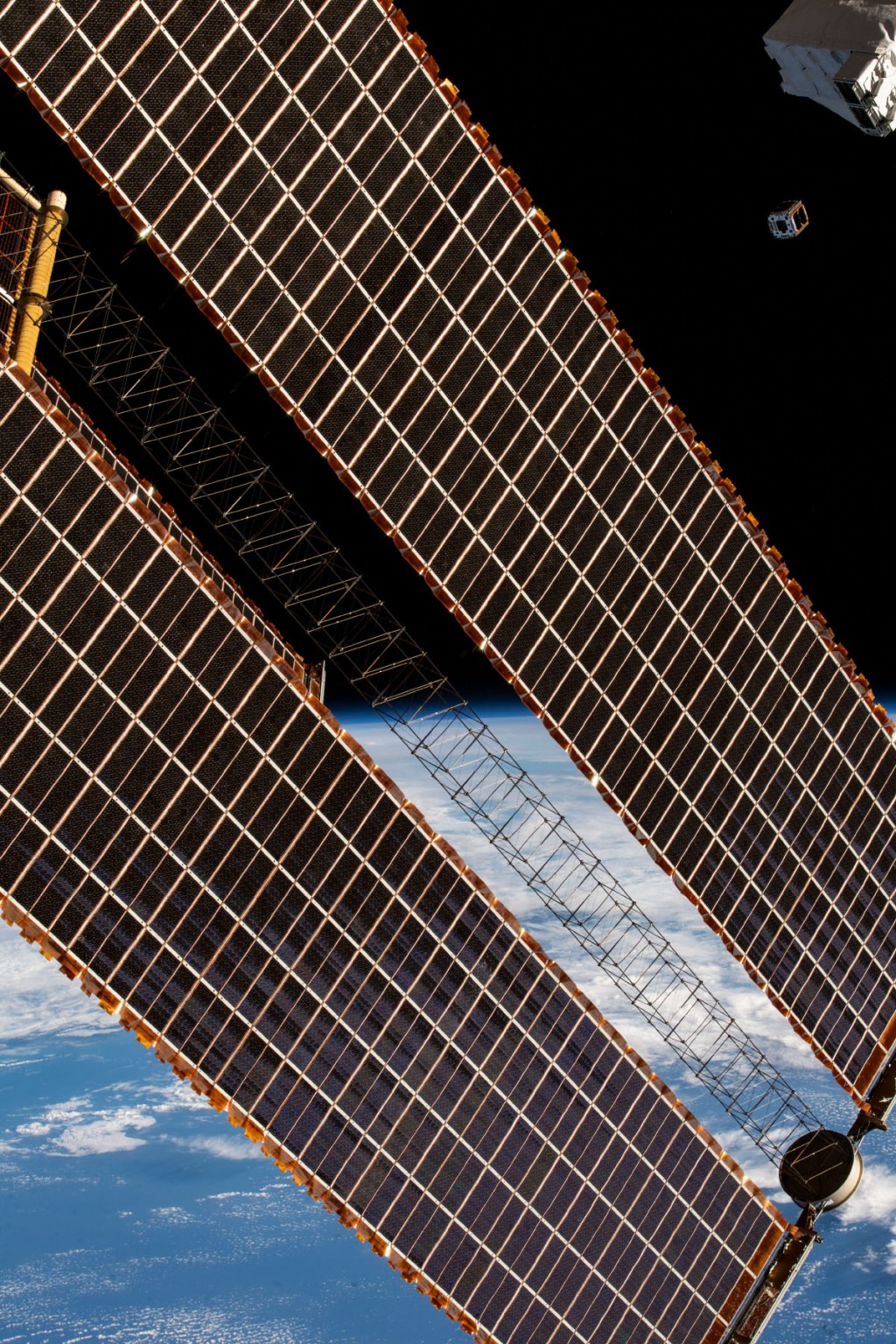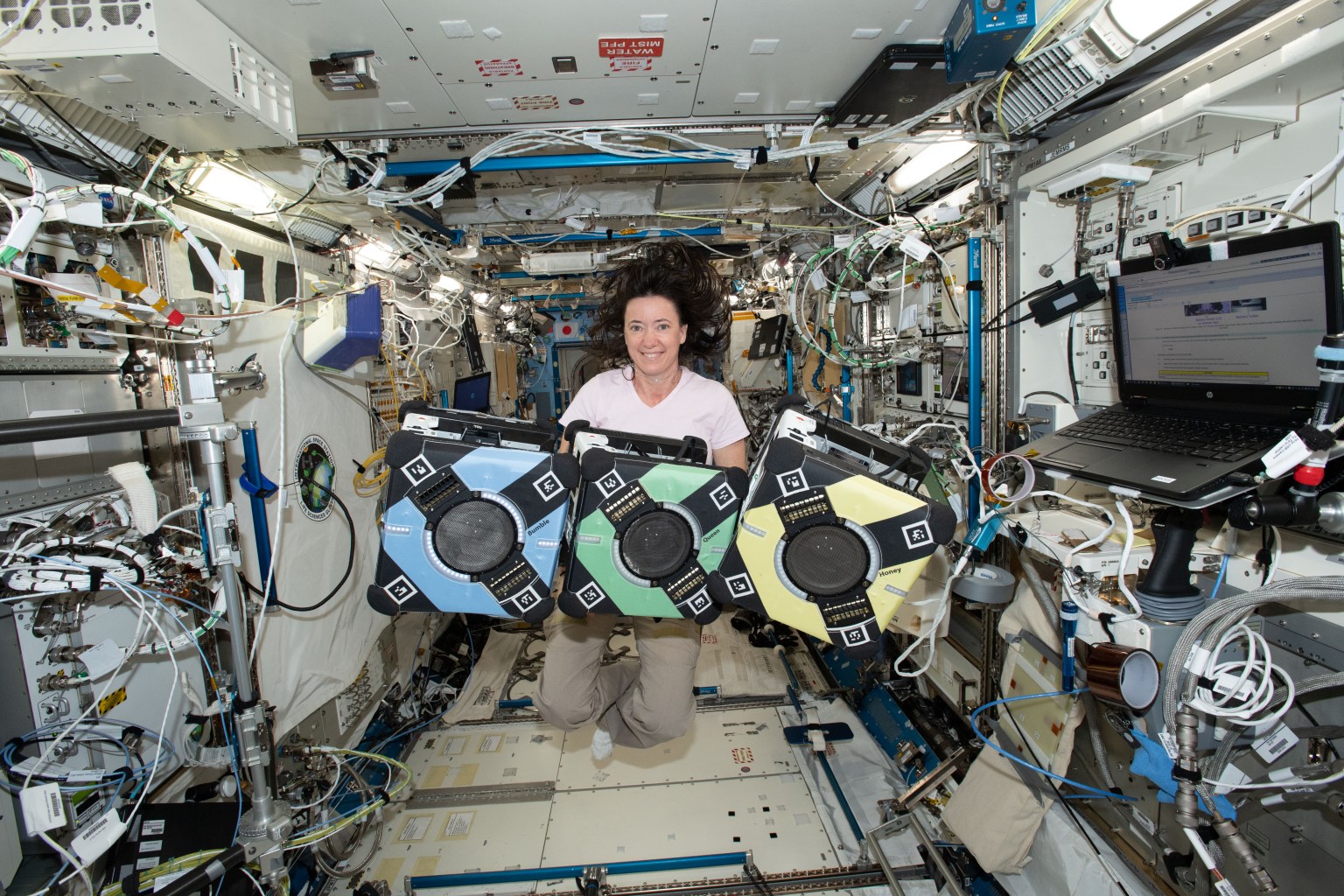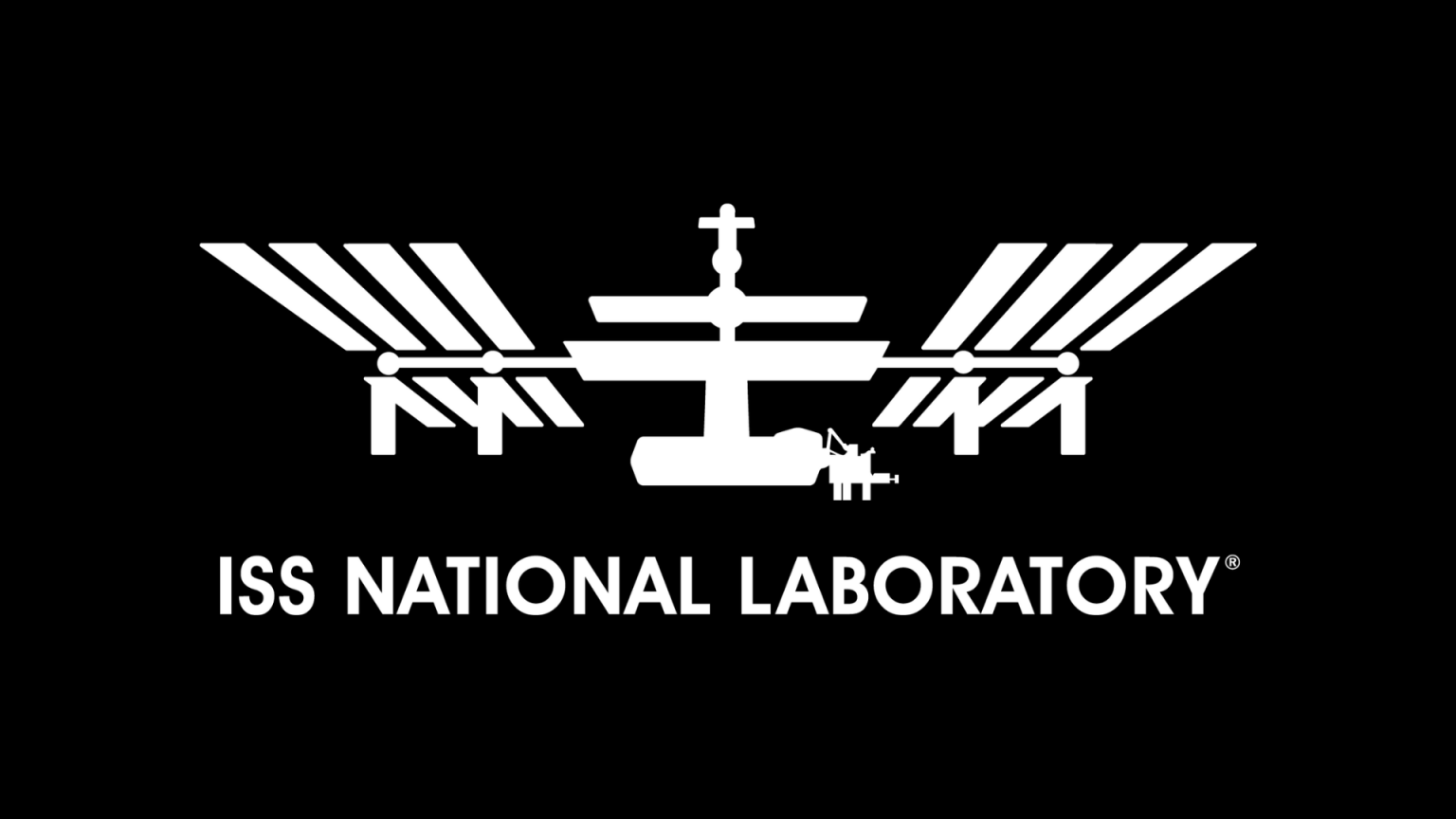Crew members aboard the International Space Station conducted scientific investigations during the week of Feb. 13 that included testing an autonomous sound monitor, evaluating a high-resolution camera, and demonstrating a carbon dioxide removal technology.
Here are details on some of the microgravity investigations currently taking place aboard the orbiting lab:
Sounding good
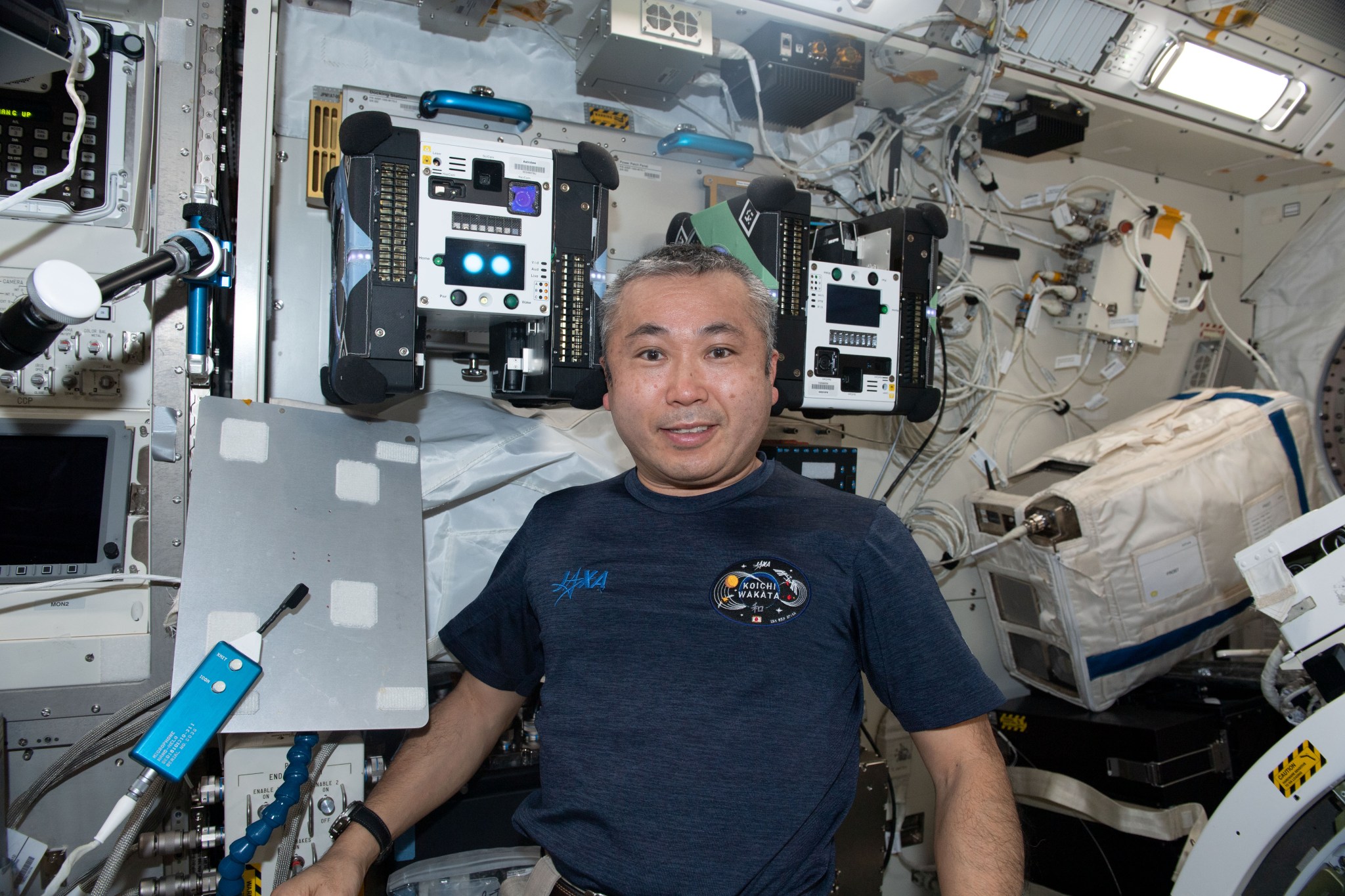
SoundSee Mission tests using an audio sensor on a free-flying Astrobee robot to monitor the station acoustic environment. Microphones collect acoustic information and the Astrobee pinpoints the sensor’s position. This monitoring method can detect anomalies in the sounds made by machines and provide early indication of equipment failure. Keeping equipment in good working order helps protect crew health and safety and could reduce crew workload aboard the space station and other spacecraft. On Earth, autonomous audio monitoring of machinery has potential applications in manufacturing, home settings, health care, and infrastructure development. Crew members set up the Astrobee and collected data for the investigation during the week.
Earth, ready for its close-up
Sphere Camera-1, sponsored by the ISS National Lab, evaluates the performance of an ultra-high-resolution camera in microgravity. Results could support development of cameras with greater resolution, detail, and sharpness for imaging needs on future exploration missions, including to the Moon and Mars. These cameras also could remotely identify damage to space structures, reducing the need for inspections via potentially risky human spacewalks. Madison Square Garden Entertainment, the investigation developer, plans to display footage captured by the camera to people on Earth. During the week, crew members captured images using the camera.
Scrubbing out carbon dioxide
Four Bed CO2 Scrubber demonstrates a technology for removing carbon dioxide from the atmosphere on a spacecraft. The technology is based on the current system in use on the space station with mechanical upgrades and an improved absorbent. A goal for next-generation systems is continuous operation of a scrubber for 20,000 hours, and this technology is a step toward that goal. This scrubber could improve the reliability and performance of carbon dioxide removal systems in future spacecraft, helping to maintain the health of crews and ensure mission success. It also has potential applications on Earth in environments that require removal of carbon dioxide to protect workers and equipment. During the week, crew members performed upgrades on the equipment.
Other investigations involving the crew:
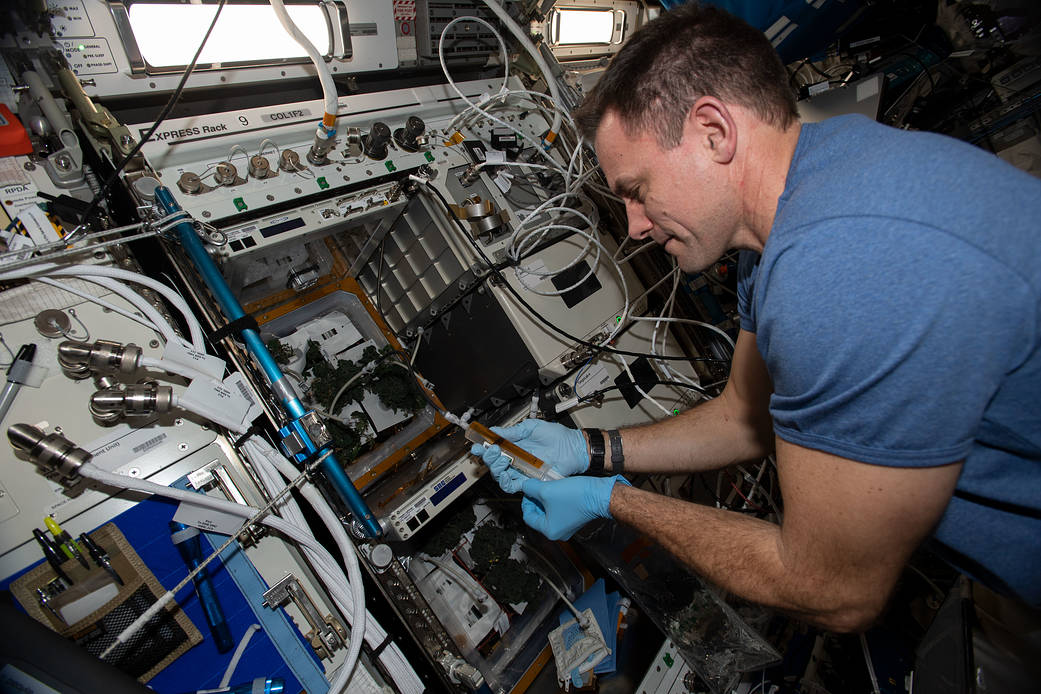
- GRIP, an investigation from ESA (European Space Agency), studies how long-duration spaceflight affects a person’s ability to regulate the force of their grip and trajectory of upper limbs when manipulating objects. Results could help identify potential hazards for astronauts as they move between gravitational environments and contribute to the design of interfaces for equipment used in these challenging conditions.
- Confocal Microscope (also known as COSMIC) is a Japan Aerospace Exploration (JAXA) facility that creates fluorescence images of biological samples, providing data on the fundamental nature of cellular and tissue structure and functions in real-time.
- SoFIE-GEL studies how fuel temperature affects material flammability in microgravity. Results could improve understanding of early fire growth behavior, inform selection of fire-resistant spacecraft cabin materials, and help to determine optimal fire suppression techniques on future missions.
- CARDIOBREATH, an investigation from the Canadian Space Agency (CSA), studies the combined effect of cardiovascular and respiratory changes on blood pressure regulation during spaceflight. Results could support development of ways to deal with these risks.
- Veg-05 uses the station’s Veggie facility to grow dwarf tomatoes and examine the effect of light quality and fertilizer on fruit production, microbial food safety, nutritional value, taste acceptability by the crew, and overall behavioral health benefits. Growing plants to provide fresh food and enhance the overall living experience for crew members supports future long-duration missions.
- Particle Vibration, an investigation from ESA, examines the mechanisms of self-organization of particles in fluids. Results could improve our understanding of fluids with dispersed solid particles, which are used in cooling systems for heat exchangers and solar energy collectors in space and in nuclear reactors and electronics on Earth.
- ISS Ham Radio provides students, teachers, and others the opportunity to communicate with astronauts using amateur radio units. Before a scheduled call, students learn about the station, radio waves, and other topics, and prepare a list of questions based on the topics they have researched.
John Love, ISS Research Planning Integration Scientist
Expedition 68




























